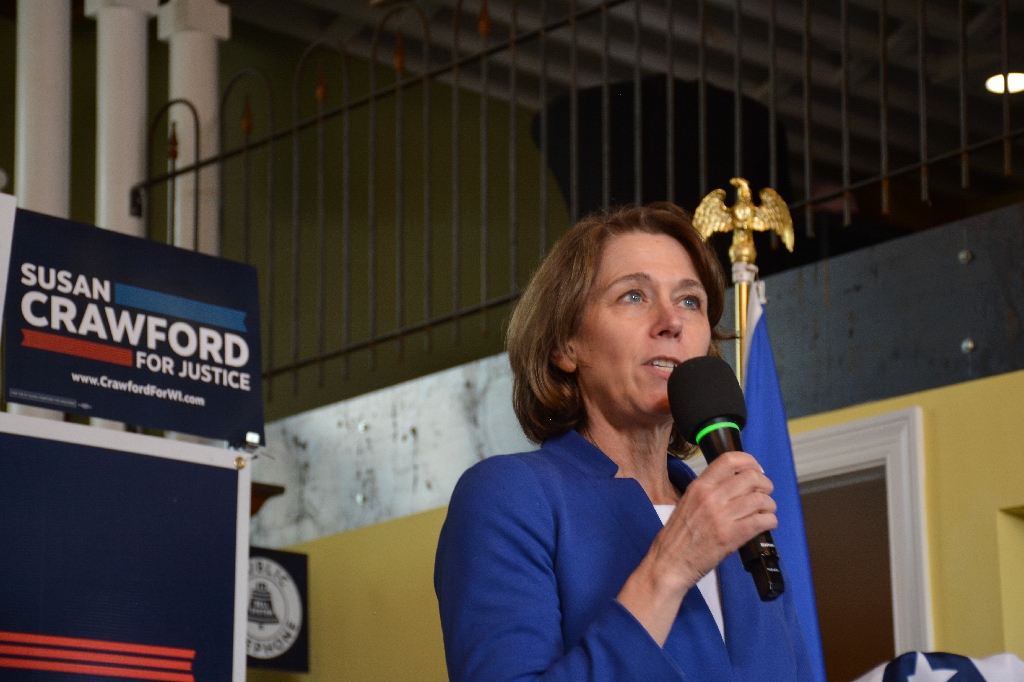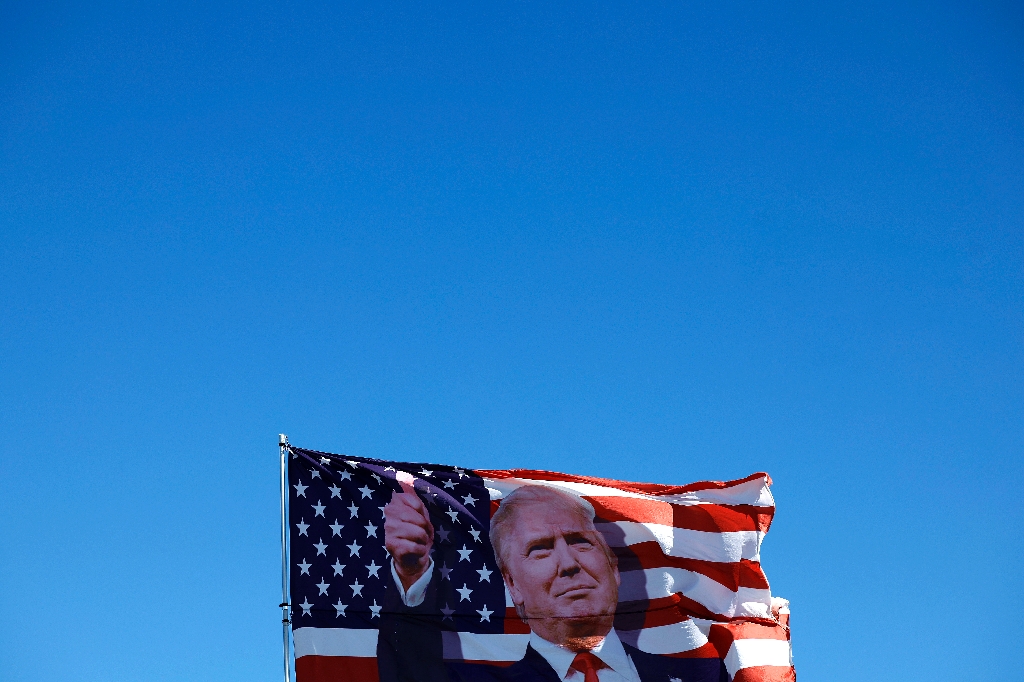The US Federal Reserve voted Wednesday to hold interest rates at a 22-year high while forecasting an additional hike before the end of the year to bring down inflation. The Fed’s decision to keep its key lending rate between 5.25 and 5.50 percent gives policymakers more time to assess the health of the US economy amid signs of robust economic growth and a strong labor market. The decision, which was in line with expectations, postpones another painful rise in the cost of mortgages and other loans for millions of Americans already struggling with the impact of the Fed’s existing hikes.
After 11 interest rate increases since March last year, inflation has fallen sharply but remains stuck stubbornly above the Fed’s long-run target of two percent per year — keeping pressure on officials to consider further policy action. “We are highly attentive to the risks that high inflation poses to both sides of our mandate,” Fed Chair Jerome Powell said in a press conference after the decision. “We’re strongly committed to returning inflation to our two percent objective,” he added.
On Wednesday, the Fed said economic activity had been expanding at a solid pace, while noting strong gains and the low unemployment rate. The recent string of positive economic data has raised hopes that the Fed can slow price increases without triggering a damaging recession.
– Revision to growth – The rate-setting Federal Open Market Committee (FOMC) also updated members’ forecasts for a range of economic indicators, from inflation to growth, as well as expectations of future interest rate policy. FOMC members left the median projection for interest rates at the end of this year between 5.50 and 5.75 percent, keeping alive the possibility of another quarter percentage point hike before the end of the year to tackle inflation. At the same time, they raised their forecast for where interest rates will be next year by half a percentage point, suggesting the Fed expects they will have to stay significantly higher for longer in order to bring inflation down to target. FOMC members also more than doubled the median projection for economic growth this year to 2.1 percent from 1.0 percent in June, and sharply raised their forecast for next year as well. The forecast for the unemployment rate in 2023 was lowered slightly from June, suggesting the jobs market is faring better than hoped, while the expectation for headline inflation was raised slightly.
– On the ‘golden path’ – Policymakers are looking to keep the country on what Chicago Fed President Austan Goolsbee calls the “golden path,” attempting to slow down inflation while averting a surge in unemployment and a major economic slowdown. “If you look at expectations in the marketplace, there’s a growing confidence that we can pull it off,” he said during a recent interview broadcast on NPR. But Goolsbee added that the Fed must remain “attentive to the data,” echoing Powell, who has promised to follow a data-dependent path going forward. Analysts at Goldman Sachs recently cut their expectation of a recession in the United States from 20 percent down to 15 percent, while other economists — including those in the Fed’s research team — say they no longer expect the US economy to contract this year. – Daniel AVIS




